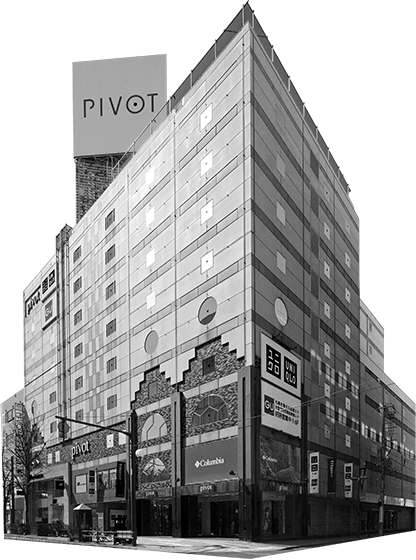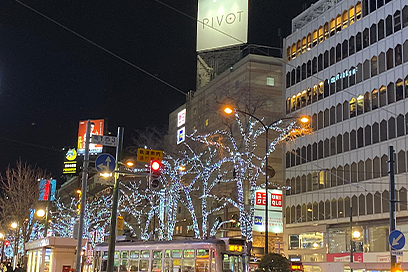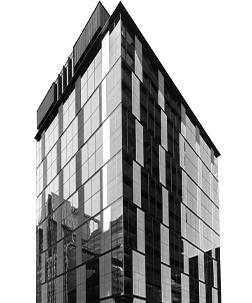 12
2019
12
2019
Hokkaido
Daibiru PIVOT
Sapporo: Daibiru’s First Foray into a Regional Core City
Focus on Sapporo, a Regional Core City
Daibiru was founded in Osaka and soon afterward expanded into Tokyo. Since that time, the company had developed its business in Japan’s two main economic zones. While the company had been developing the markets of both economic zones by aggressively constructing office buildings, it now needed to expand its business into regional core cities outside the Kansai and Kanto areas. While the company intended to pursue growth in the two major economic zones, it also aimed to take a big stride forward by further expanding its area of business to include regional core cities. The inclusion of regional core cities in the “Expanded Investment Targets” section of Design 100 Project Phase II, the medium-term management plan established in April 2018, had the aim of further cultivating Daibiru’s business operations in the two major economic zones while expanding its area of operations beyond them.
So where should Daibiru expand? The candidates were Sapporo, Sendai, Nagoya, Hiroshima, and Fukuoka—all of which were the core cities of their respective regions. The company quickly began researching and considering candidates from the perspectives of population, economy size, future potential, and investment feasibility. Ultimately, Sapporo, Hokkaido was selected as the expansion destination. The reasons were that as Hokkaido’s core city, Sapporo had a more concentrated economy and population than other cities, it was the gateway to Hokkaido with numerous tourism resources, and future expectations for the city included an extension of the Hokkaido Shinkansen and a bid for the Olympics. Furthermore, Daibiru’s parent company, Mitsui O.S.K. Lines, had introduced a new ship on the Oarai–Tomakomai ferry line, so its high level of affinity for Hokkaido was also taken into account.
However, choosing Sapporo was not a quick and easy decision. Each city Daibiru surveyed had a high level of investment risk due to the smaller size of their markets compared to Tokyo and Osaka, which made it extremely difficult to select the right property. Sapporo was no exception, and although many at Head Office expressed hesitance in investing there, others believed in Sapporo’s potential and voiced strong views in favor of expansion. Ultimately, expansion to Sapporo was approved. However, the building Daibiru decided to acquire and operate in Sapporo was a commercial building in the city center rather than an office building, which had been the company’s forte.
-
1927 1931 Hibiya Daibiru Buildings
No. 1 and No. 2 -
2007 International Operations
-
- An Unexpected Discovery of a Good Property
- Mutual Trust and a Long-Term Perspective as Points of Agreement
- The Acquisition of a Property in Hanoi Through Unity of Philosophy
- Implementing Daibiru Quality Through Building Renovations
- Challenges in Australia, Our Second Overseas Expansion Target
- The Discovery of 275 George Street
- Difficult Contract Negotiations with JHG
- Overcoming Several Unexpected Difficulties
-



